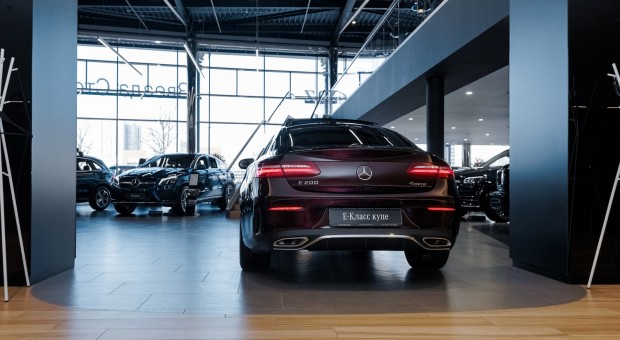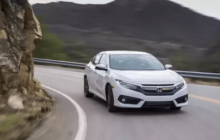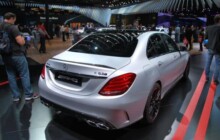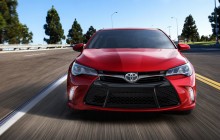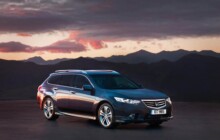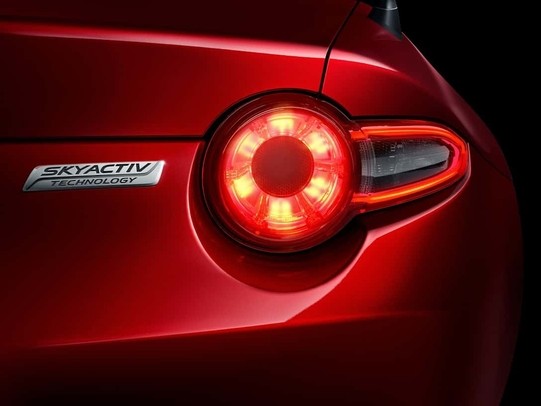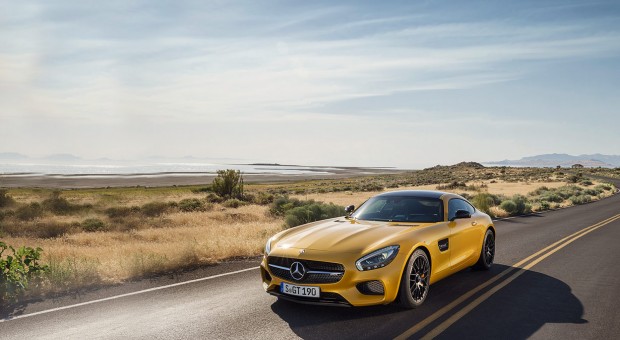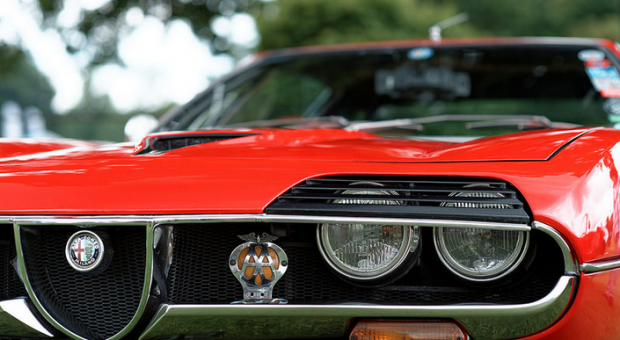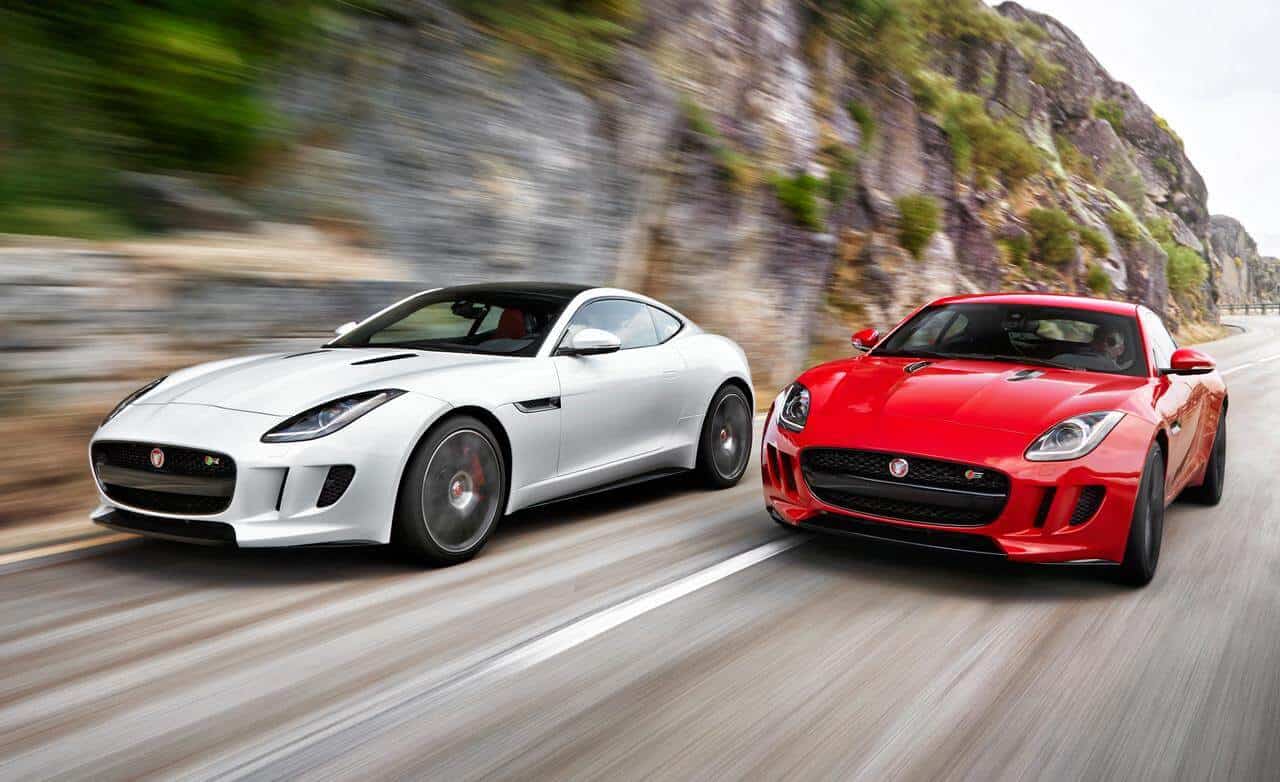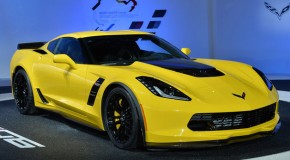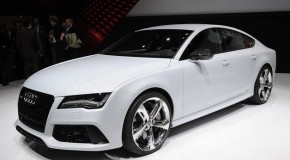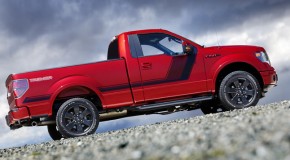
Please take a look at entire Mercedes Benz and Mercedes AMG History
About Mercedes Benz History
Mercedes-Benz is a German manufacturer of luxury automobiles, buses, coaches, and trucks. It is currently a division of the parent company, Daimler AG (formerly DaimlerChrysler AG), after previously being owned by Daimler-Benz.
Mercedes-Benz has its origins in Karl Benz’s creation of the first petrol-powered car, the Benz Patent Motorwagen, patented in January 1886, and by Gottlieb Daimler and engineer Wilhelm Maybach’s conversion of a stagecoach by the addition of a petrol engine later that year.
The Mercedes automobile was first marketed in 1901 by Daimler Motoren Gesellschaft. The first Mercedes-Benz brand name vehicles were produced in 1926, following the merger of Karl Benz’s and Gottlieb Daimler’s companies into the Daimler-Benz company. Mercedes-Benz has introduced many technological and safety innovations that have become common in other vehicles several years later.
The newly created automobile company, Mercedes-Benz also needed a new image symbolising its enterprise union. The iconic three-pointed star is pervasive and unmistakably recognised around the world. But its design has evolved in many ways since the two companies merged in 1926. One early logo was trademarked in the United States on Friday, 16 August 1929.
An application was filed for Mercedes-Benz by Daimler-Benz Aktiengesellschaft of Berlin, Germany with the USPTO. Their application was filed in the primary class of non-metallic building materials and provide a description that included, “automotive vehicles, as follows: passenger cars and freight trucks; parts of and accessories to said vehicles…”
The drawing design Mercedes-Benz logo is a registered trademark at the USPTO, and owned by Daimler AGThe design of the Mercedes-Benz signature logo was described by the USPTO with three aspects, 1) Stars with three points (Celestial bodies, natural phenomena, Geographical maps — Stars, comets), 2) Garlands, wreaths, bands, borders or frames made of plants (Plants — Decorations made of plants), and 3) Circular or elliptical seals (Heraldry, flags, crowns, crosses, arrows, and symbols — Seals).
Daimler-Benz elaborates on their use of the new logo and its representations in their 1928 application. Based upon their description, it appears they combined design elements from each automobile company to create a new logo reflecting each company’s legacy.
They stated that the trademark was applied to goods in their business since October 1926 with the trademark, “having been used in the business of the applicant’s predecessors and in the business of applicant, continuously since the following dates. The word Mercedes since December 1900; the word Benz since July 1896; the representation of a three-pointed star since 27 June 1909, the representation of a wreath of laurel since September, 1909.”
In their U.S. trademark application, Daimler-Benz stated that their trademark was registered in Germany on 28 August 1928 with an application date of 21 August 1926
U.S. trademark registration was granted on 28 July 1931. Its current status is registered and renewed with the latest owner listed as Daimler AG of Stuttgart, Germany. Mercedes-Benz is currently owned by Daimler AG in Germany.
Since its inception, Mercedes-Benz had maintained a reputation for its quality and durability. Objective measures looking at passenger vehicles – such as J.D. Power surveys, demonstrated a downturn in reputation in this criteria in the late 1990s and early 2000s.
By mid-2005, Mercedes temporarily returned to the industry average for initial quality, a measure of problems after the first 90 days of ownership, according to J.D. Power. In J.D. Power’s Initial Quality Study for the first quarter of 2007, Mercedes showed dramatic improvement by climbing from 25th to 5th place, surpassing quality leader Toyota, and earning several awards for its models. For 2008, Mercedes-Benz’s initial quality rating improved by yet another mark, now in fourth place.
On top of this accolade, it also received the Platinum Plant Quality Award for its Mercedes’ Sindelfingen, Germany assembly plant. As of 2009, Consumer Reports of the United States has changed their reliability ratings for several Mercedes-Benz vehicles to “average”, and are recommending the E-Class and the S-Class.
About Mercedes AMG Division History
Mercedes-AMG GmbH, commonly known as AMG, is a subsidiary of the Mercedes-Benz car company specializing in high-performance luxury cars.
AMG models are typically the most expensive and highest-performance of each Mercedes series. AMG models typically have more aggressive looks, higher performances, better handling and better stability than their regular Mercedes counterparts.
AMG was founded as a racing engine forge in 1967 under the name AMG Motorenbau und Entwicklungsgesellschaft mbH (AMG Engine Production and Development, Ltd.), by former Mercedes engineers Hans Werner Aufrecht and Erhard Melcher in Burgstall an der Murr, near Stuttgart. The letters “AMG” stand for Aufrecht, Melcher and Großaspach, Aufrecht’s birthplace (but at no time an AMG location).
In 1976 most of AMG moved to Affalterbach, with the racing engine development remaining at the old location in Burgstall. At this time Erhard Melcher ceased to be a partner, but continued to be an employee at the Burgstall location.
In 1990, with AMG having become a high-profile purveyor of modified Mercedes cars, Daimler-Benz AG and AMG signed a contract of cooperation, allowing AMG to leverage Daimler-Benz’s extensive dealer network and leading to commonly developed vehicles (the first one being the Mercedes-Benz C 36 AMG, in 1993).
On 1 January 1999 DaimlerChrysler, as it was called between 1998 and 2007, acquired 51 percent of AMG shares, and AMG was renamed to Mercedes-AMG GmbH. Racing engine development was divested and continues to exist in Burgstall under the name HWA (Aufrecht’s initials). On 1 January 2005 Aufrecht sold his remaining shares to DaimlerChrysler, and since then it has been a wholly-owned subsidiary.
And now please consider some video reviews with Mercedes Models:
Part 1 – Mercedes-Benz World History Timeline promotional video
Part 2 – Mercedes-Benz video clip showing a bit of everything from now and then.
Mercedes-Benz has a full range of passenger, light commercial and heavy commercial equipment. Production is on a global basis. The Smart marque of city cars has also been part of the Mercedes-Benz Group since 1994.
Source: Wikipedia


